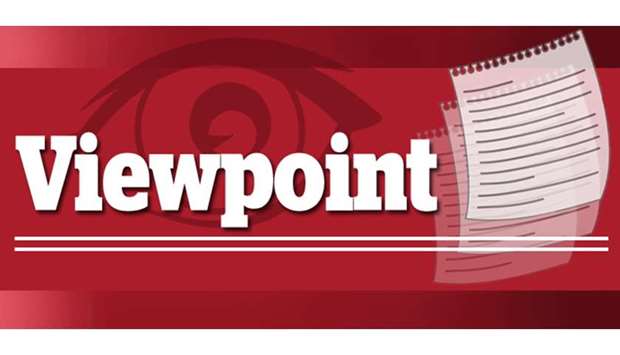As Joe Biden prepares to take office as president, the Democratic Party is pushing for an economic agenda that reflects the priorities of its new coalition: one that has more college degrees, and higher incomes, than past ones.
Based on the latest estimates, Biden got almost exactly the same percentage of votes for president that Barack Obama got in 2012. But the composition of the Democratic coalition changed. While a majority of college graduates voted against Obama’s re-election, Biden seems to have won a majority. Biden also expanded Obama’s majority among holders of postgraduate degrees. The Democrats have moved higher on the income scale, too. They had a big majority among voters making less than $50,000 a year in 2012, but a smaller one this year. They made up for those losses among higher-earners.
If Democrats were trying to cater to their new supporters, they would seek to relieve student-loan debt and expand tax breaks for the upper middle class while shielding all but the very highest-earning households from tax increases. That’s exactly what they’re talking about right now.
While there is debate about just how regressive it would be for the federal government to forgive hundreds of billions of dollars in student-loan debts, it would unquestionably benefit many Americans with high lifetime incomes while excluding a lot of people who cannot look forward to earning as much.
In the tax law they enacted at the end of 2017, Republicans capped the deduction for state and local taxes at $10,000 — a change they knew would mostly hurt affluent residents of high-tax jurisdictions politically dominated by Democrats. Ever since, Democrats have wanted to get rid of the cap. The Tax Policy Center has estimated that following that course would, on average, raise after-tax income for the top fifth of US households by nearly 1% while having no detectable effect on the bottom three-fifths.
Biden would claw back some of these gains by raising taxes. But he has repeatedly vowed that tax increases would affect only those households making more than $400,000 a year, which is to say the top 1.8% of all households. Obama, by contrast, used $250,000 as his dividing line. Even after accounting for inflation, Biden would exempt more affluent households. If Democrats stuck with a static definition of “the rich,” it would expose more and more of their own voters to tax increases. So they are defining it upward.
Democratic politicians will rarely defend these policies on the ground that they are trying to make upper-middle-class professionals happy. But these priorities are hard to justify on any other basis. Senators Chuck Schumer and Elizabeth Warren say that student-debt relief should be part of the federal government’s response to the Covid-19 pandemic, and House Democrats have sometimes tied the issues together. But owing money on student loans isn’t a good proxy for economic need, or for economic harm related to the pandemic. Many hospitality-industry workers who never attended college have been hit harder than doctors and lawyers with educational debts. In September, the Pew Research Center found, unsurprisingly, that people with the most years of schooling are having the least trouble paying their bills.
Relief from student debts isn’t a good means of economic stimulus, either. Take $10,000 off the debt someone owes over the next 10 years, and he or she might well spend more money now. Surely, though, their current spending wouldn’t rise as much as if they simply received a check for $10,000. Even if you grant that we need fiscal stimulus, the debt relief is too backloaded to work well. — Tribune News Service

viewpoint


